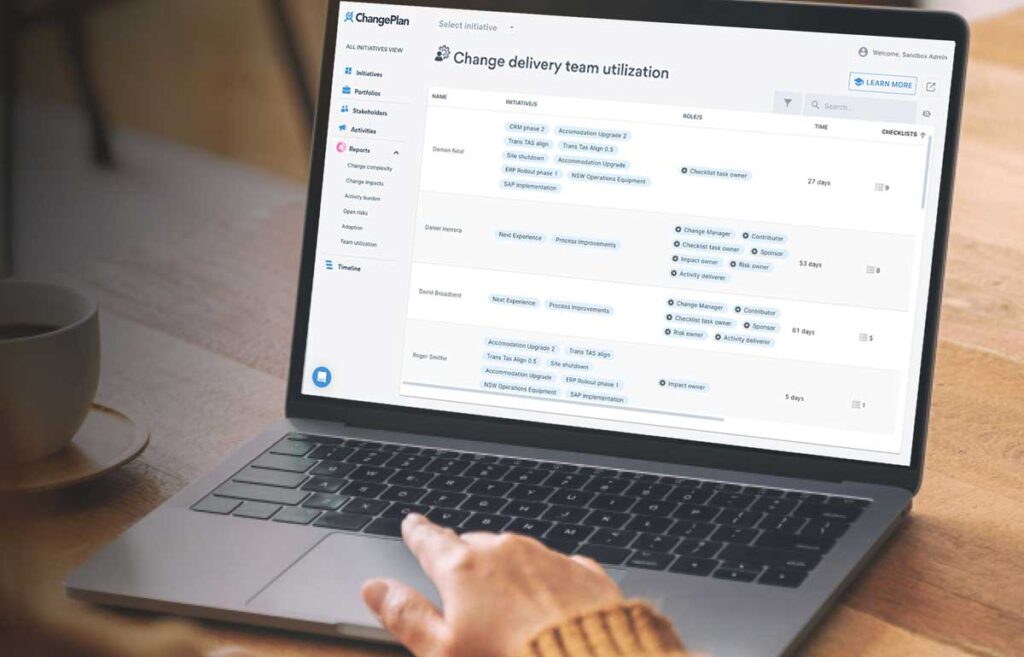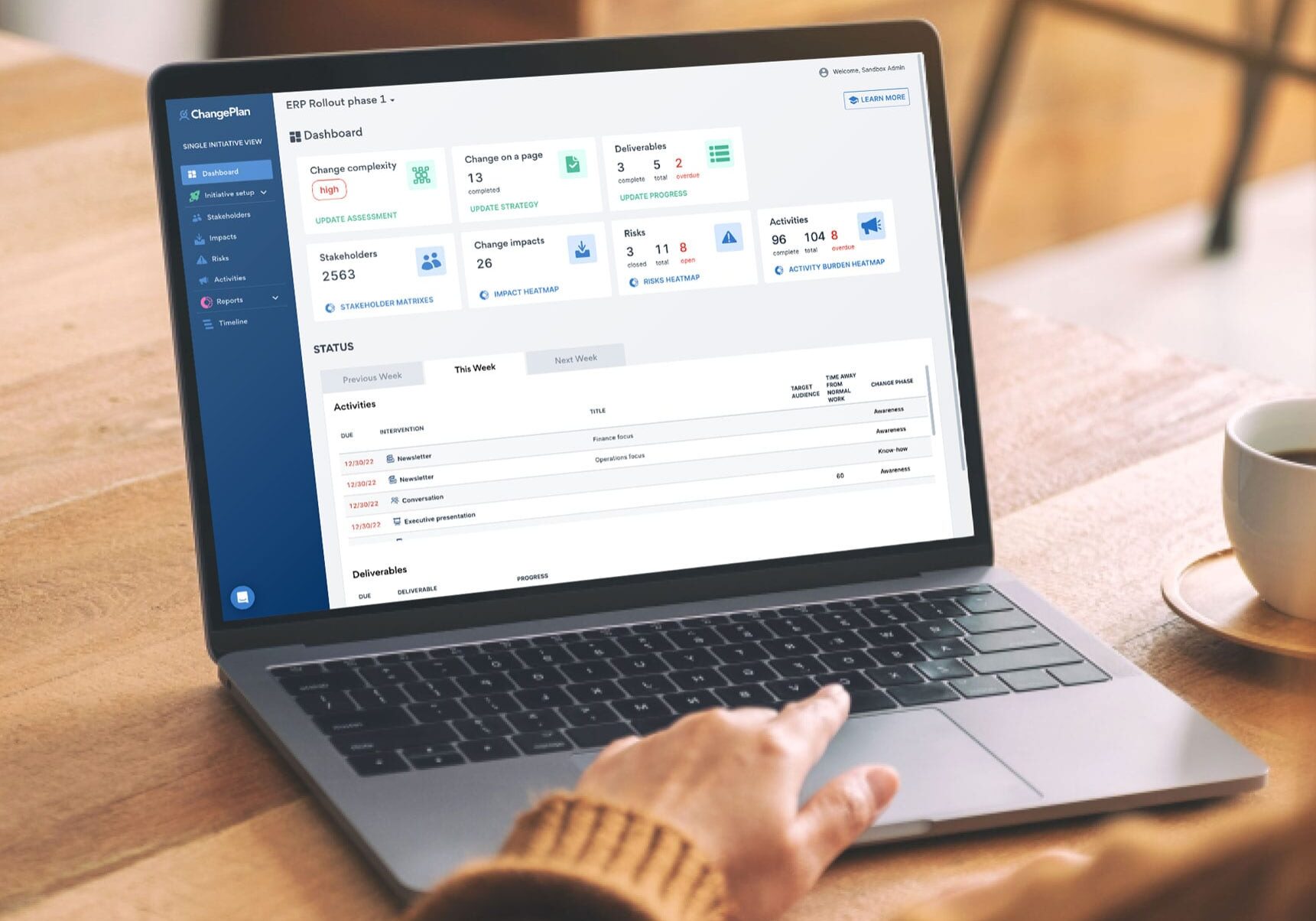When a project gets underway, should a Change Manager be involved from day one, or are they just needed when the action starts?
Change Managers often feel they’ve been brought to projects too late, and that decisions about activities they need to manage have not been well thought out. When is the optimal time to integrate a change manager for your project?
Involvement from day one
There are significant benefits of having a change manager in a project from day one:
- They advocate for the end user and consider their journey
- They check whether there are impacts from other projects affecting the same groups
- They dig deeply into benefits realisation, calling out engagement and training needs, championing collaborative creation
- They work alongside project managers, driving adoption and better benefit realisation
Business case & scope creation
The input of the Change Manager is extremely valuable when a project’s business case and scope are being created. These documents are typically written by Project Managers along subject matter experts (SMEs), who overlook the end user journey while concentrating on delivery aspects.
The business case must include:
- the number of stakeholders involved
- a high-level assessment of the impacts on those stakeholders
- estimated costs for training, should this be required
Since defining the three above points are the specific domain of Change Managers, their input is highly recommended. A seasoned change professional will add input that other team members may overlook.
Problem: the time gap between business case & change implementation
Although the involvement of a Change Manager is highly beneficial in creation of the business case and scope at the early stages of project work, there are often little or no additional contributions they can meaningfully make until much later in the project.
This gap in the Change Manager’s contributions is particularly prevalent if the project is a digital transformation.
As an example, if back-end software must be updated to conform to new regulatory requirements, and the changes will take 18 months, what will the Change Manager do between their involvement in assistance to create the business case and then getting involved with activity planning? It’s too soon to develop training or communications straight after creating the business case.
Solution: Fractional Change Managers
Here’s where organizations that employ full-time permanent change resources have an advantage. It’s common for Change Managers to work across multiple projects.
These Change Managers can be deployed as ‘Fractional Change Managers’ to projects when needed, such as when forming the business case or running early pilots and user acceptance testing. Their involvement can be ramped up as change activity in the project is required.
Managing and deploying fractional change resources is also helpful as a project finishes, ensuring that the project does not suffer from abandonement post go-live.
Fractional Change Managers save the day
A scenario that we have seen occur in many situations is that a project goes live, with the new system or process working successfully. After two weeks of close care, support is handed over to a business-as-usual (BAU) team, leaving nobody to continue to drive adoption or promote continuous improvement.
A Fractional Change Manager can be extremely useful at this stage as they can ramp continue their involvement to ensure the project fully realises the benefits outlined in the business case.
Our platform ChangePlan helps organizations understand and optimize the capacity of their Change Management team, whether they are full time, fractional, contractor or a mix. Click here to book your demonstration in which our team can show how ChangePlan prevents projects from failing to achieve full benefits realisation.












